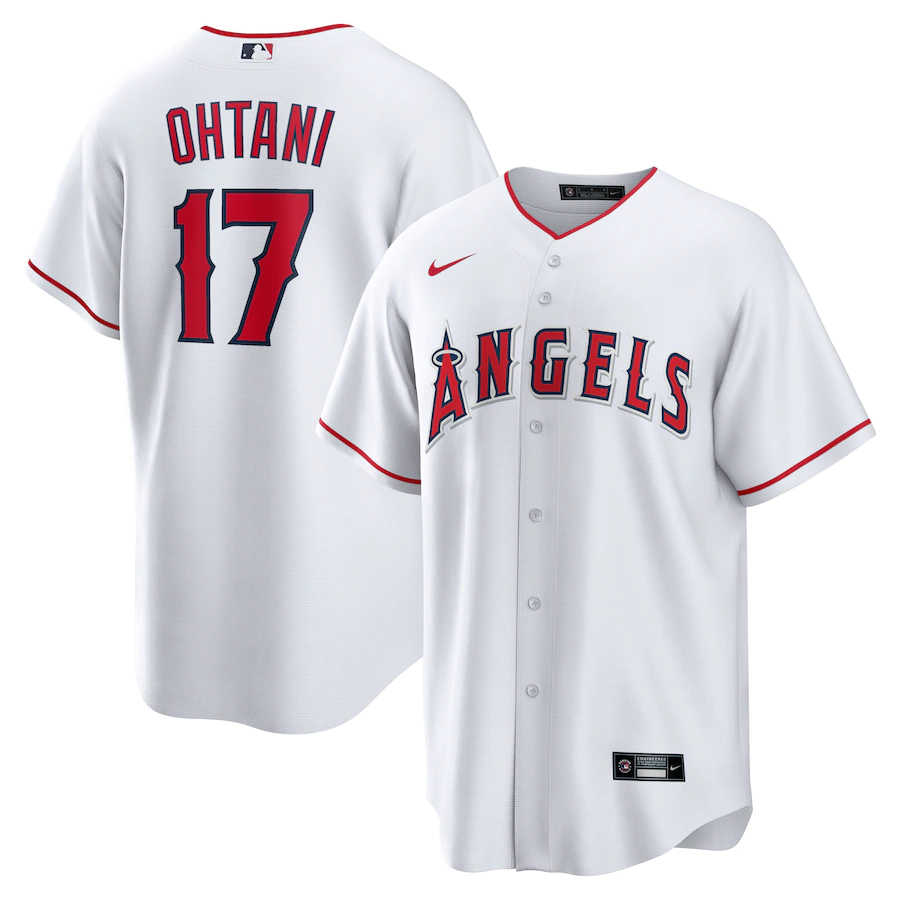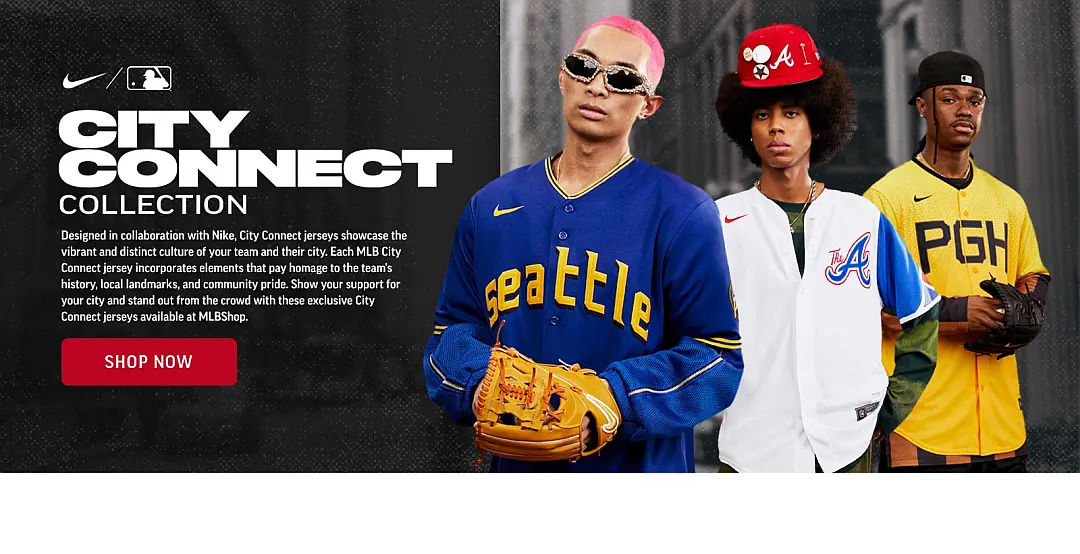Huddle In For The Little League World Series
Welcome to the world of young athletes and their dreams on the grand stage of the Little League World Series (LLWS). This annual baseball tournament has captured hearts and minds since its inception in 1947. Let’s embark on a journey through time and learn about the evolution, expansion, and enduring impact of this celebrated youth sports event.
Origins and Evolution of the LLWS
The Little League World Series, often referred to as LLWS, began as the National Little League Tournament. Over time, its significance grew, leading to its renaming to the World Series in Major League Baseball. The tournament’s vocabulary resonates with formal terms like “tournament,” “bracket,” “regional,” and “champion.” But beyond these words lies a rich history that speaks to its latent semantics — the transformation from a modest local event to a global phenomenon.
The early years saw primarily U.S.-based teams, but the LLWS soon embraced an international dimension. The inclusion of international teams marked a turning point, expanding its horizon and emphasizing its status as an international baseball championship.
Transition from Local to International
The LLWS transitioned from regional representation by U.S. states to an array of international divisions. This evolution shaped the tournament’s fabric, leading to eras of dominance by different countries. The tournament’s formal language style is complemented by the thrill of international competition, where teams from Taiwan and Japan held sway in different epochs.
Today, the LLWS unites children from diverse backgrounds, reflecting the worldwide reach of the sport. Its formal history now interweaves with stories of young athletes coming together to compete and forge friendships that span continents.
Please note that Huddlecourt and its content providers may receive compensation for some links to products and services featured on this website. Rest assured that we have handpicked these products to provide you with the best options available.
The LLWS Experience: Venue and Format
Every August, the spotlight turns to South Williamsport, Pennsylvania, the tournament’s home. The iconic venues, Howard J. Lamade Stadium and Little League Volunteer Stadium, witness the symmetrical fences that symbolize fair play and the spirit of competition. These stadiums host both formative and monumental moments in young athletes’ lives, adding to the formal vocabulary of the LLWS.
The format has seen iterations, from single-elimination to pools and double-elimination. These transitions in the tournament’s structure mirror the evolution of youth sports events worldwide. As the LLWS expanded, its formal language style adapted to embrace diversity and foster inclusivity.
Journey of Qualification: From Local Leagues to LLWS
The journey to the LLWS starts at local Little Leagues. District, sectional, and regional tournaments provide the stepping stones for talented teams. Vocabulary like “elimination” and “regional qualifiers” underscore the intensity of the qualification process.
While the format and structure differ across states and regions, the ultimate goal remains the same — to earn a chance to represent one’s community on the global stage. The tournament’s content-writing approach focuses on this shared aspiration that transcends language barriers.
Age Requirements and Evolution
The age limit, a formal element of the LLWS, evolved over time to create fairness and inclusivity. Age requirement modifications were introduced to adapt to changing demographics and player development needs. The transition from strict cut-off dates to more flexible criteria reflects the tournament’s commitment to creating a level playing field for young athletes.
With vocabulary like “age limit” and “age requirements,” the LLWS not only captures the formal aspects of eligibility but also highlights its role in nurturing youth talent across generations.
Heartwarming Moments and Impact
Beyond the scores and statistics lies the heart of the LLWS — the stories of perseverance, camaraderie, and sportsmanship. These heartwarming narratives transcend language style and tone, inspiring fans worldwide. With its global reach, the LLWS has become a cultural touchstone, where the formal competition coexists with the informal bonds formed between young athletes.
Wrap-Up
As we conclude this journey, we’ve delved into the layers of the Little League World Series. Its vocabulary, latent semantics, and expression tone reflect its rich history and impact. From local fields to global glory, the LLWS embodies the essence of youth sports, camaraderie, and the universal language of competition.
The Little League World Series stands as a testament to the enduring spirit of young athletes and their dreams, encapsulating the evolution of sportsmanship and unity on a global scale.
More Baseball Content on Huddlecourt
Click here to read more and discover why MLB is taking the world by storm. Let the excitement begin!
Where Can I Watch Little League World Series 2023?
The final can be streamed on any platform that includes ESPN2, including YouTube TV or Hulu Live.
Which Country Has Won the Most Little League World Series?
Chinese Taipei boasts the most titles, with an impressive 17 victories. Over the years, teams from 28 countries have participated, including programs from 42 states.
What Is the Path to the Little League World Series?
State champions and teams like Northern California, Southern California, Texas East, Texas West, and the District of Columbia compete in regional tournaments. Regional winners proceed to the Little League World Series.
How Popular Is the Little League World Series?
The complete series had an average of 1.02 million viewers across ESPN, ESPN2, and ABC. This marked a 13% increase from the previous year’s viewership (900K). The tournament’s popularity continues to soar, with Houston and San Antonio leading the way.
Is the Little League World Series Game Free?
Yes, admission is free for all, and seating is on a first-come, first-serve basis.
Who Won the Great Lakes Region Little League?
New Albany emerged victorious, securing a spot in the Little League World Series. Their remarkable journey from the Great Lakes Region has earned them a chance to compete on a grand stage.
Who Won the Little League Game Between Massachusetts and Maine?
Maine clinched a 2-1 victory over Massachusetts, securing their chance to play in the prestigious Little League World Series.
Which Ohio Team Is in the Little League World Series?
In 2023, New Albany LL from Ohio earned their place in the Little League World Series, showcasing their talent and determination on the national stage.
Who Can Play in the Little League World Series?
Players aged 8 to 13 are eligible to be selected for tournament teams in various divisions, including the 8-9-10 Year-Old, 9-10-11 Year-Old, Little League (Major, 10-11-12) Baseball or Softball, and Intermediate (50/70) Baseball Divisions.
How Many Teams Will Be in the Little League World Series?
The 2022 Little League Baseball® World Series has expanded to 20 teams, bringing even more excitement and competition to the grand event.
Who Was the Largest Kid to Play in the Little League World Series?
Durley, standing at an impressive 6′ 9″ and weighing 245 pounds, holds the distinction of being the largest player in Little League World Series history.
Which State Has the Best Little League?
The United States boasts 37 Little League titles won by 14 different states. Among them, California stands out with a record 7 titles and 15 U.S. titles. Florida, while having appeared in 23 world series, has not yet secured a championship title.







